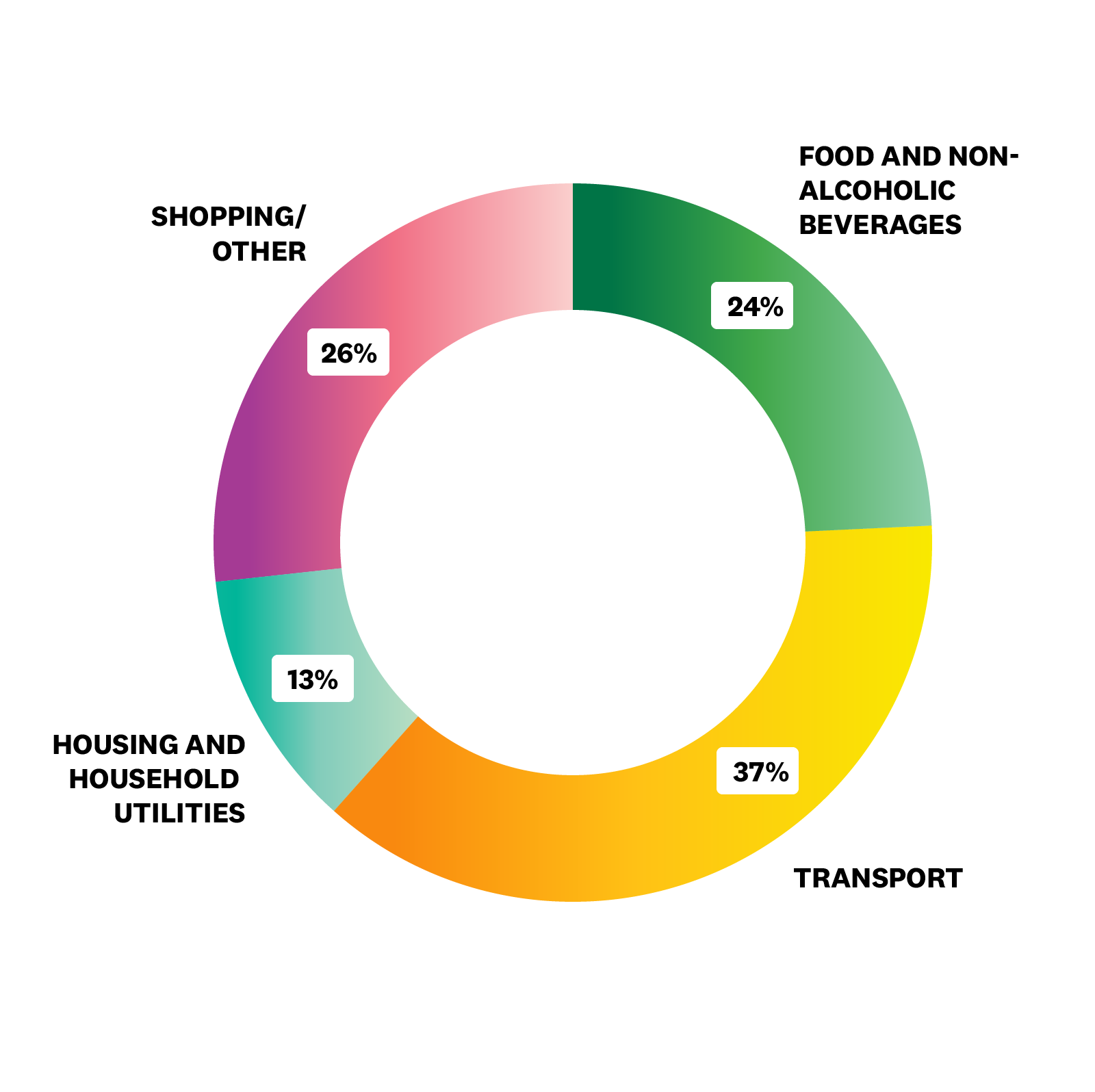
Ōtepoti – An individual’s carbon footprint is a measurement of the greenhouse gas emissions that are attributed to day-to-day activities.
Understanding a person’s carbon footprint is a great place to start when it comes to tackling climate change.
Each person’s carbon footprint is made up of everyday activities like driving or biking about, food intake, and how much energy used. The fewer emissions, the smaller the footprint.
Once people know where their emissions are coming from, they can find ways to cut them down.
To make it easy to calculate a carbon footprint and stay motivated to take action, FutureFit has a carbon tracker. It is a simple online tool gives a snapshot of emissions and what Kiwis can do to reduce them.
Each person’s carbon footprint mostly fall into four major categories:
Food
Transport
Housing and household energy use
Shopping
People can average out New Zealand’s overall household consumption emissions, then per household, over a third of emissions are from transport, about a quarter are from food, a quarter from shopping and recreation such as household contents, clothing and other goods and services, and around one eighth are attributed to housing and household energy use.
Overall household consumption emissions in 2019 were 42.89 million tonnes of CO2-e or carbon dioxide equivalent emissions. Per capita this is about 8.5t of CO2-e.
It’s important to remember that the proportions above are based on averages. When a person calculates their own carbon footprint they get a personalised view of their own emissions. If they take a lot of international flights, or eat a vegetarian diet, their carbon footprint could look quite different.
A carbon footprint is based on consumption emissions, or the emissions caused by New Zealanders’ way of life – including the choices made every day.
Taking in Aotearoa’s overall gross emissions into account a bigger picture emerges. Gross emissions are the emissions released into the atmosphere from New Zealand territory and can be viewed as the carbon footprint of the NZ economy.
When overall emissions are taken into account, New Zealand has the sixth highest emissions per capita in the OECD. In 2020 Aotearoa’s gross emissions were 78.8 million tonnes CO2-e. That’s about 16t per capita, nearly double the number just considering household consumption emissions alone. Most of the difference is accounted for by export goods that are consumed offshore, predominantly meat and dairy.
While as individuals Kiwis may not be responsible for these export emissions, they do benefit from the higher standard of living that comes with them, as exports impact GDP.

